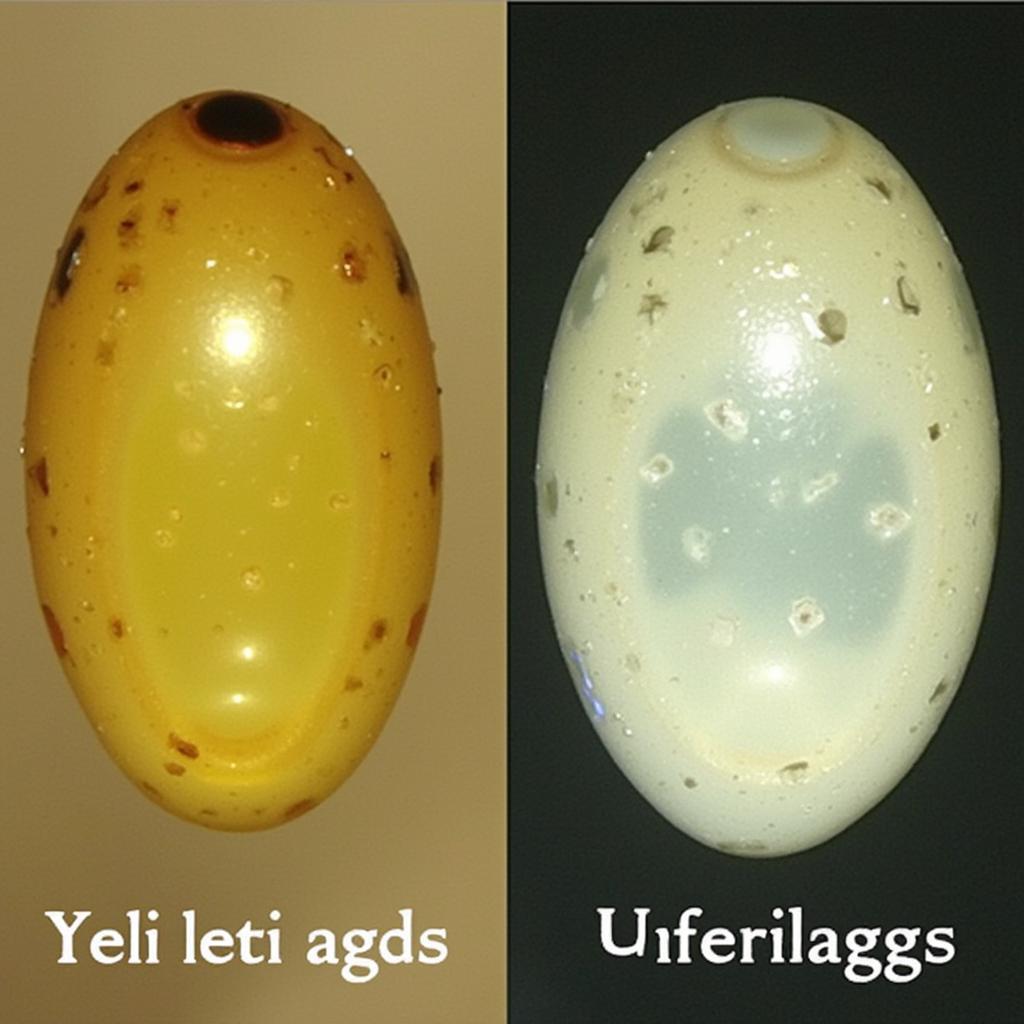African Dwarf Frog Mating and Eggs: A Complete Guide
African dwarf frog mating and eggs are fascinating topics for both novice and experienced amphibian keepers. Understanding the process of how these tiny aquatic frogs reproduce can help ensure a healthy and thriving tank environment. This guide will delve into the intricacies of their breeding behaviors, egg laying, and caring for the offspring.
See how African dwarf frogs express their affection: african dwarf frogs hugging.
Understanding African Dwarf Frog Mating Behavior
African dwarf frogs exhibit unique mating behaviors that are crucial to their reproductive success. The male initiates the process, often by “glugging” or making a rapid chirping sound, which serves to attract females. This courtship ritual can last for several hours, and you’ll often see the male actively pursuing the female throughout the tank. He might also grasp her around the waist in a behavior called amplexus, which stimulates egg release. This process, while appearing rough, is essential for successful fertilization. Knowing the signs of courtship can help you prepare for the arrival of eggs and tadpoles.
The Egg Laying Process
Once the female is ready, she will release hundreds of tiny, sticky eggs, often attaching them to plants or other surfaces in the tank. These eggs are nearly transparent and can be difficult to spot at first. They’re typically scattered rather than laid in a clustered mass. After the eggs are laid, the parents show no further interest in them, so it’s crucial to understand how to care for them if you want them to hatch.
How to identify and care for African dwarf frog eggs: african dwarf frog eggs.
Identifying Fertilized Eggs
Fertilized eggs will develop a dark spot within a day or two. Unfertilized eggs will remain clear and eventually decompose. Separating the fertilized eggs into a separate tank can help prevent fungal growth and improve the survival rate of the tadpoles. This involves gently removing the eggs from the plants or surfaces they’re attached to and transferring them to a clean, well-maintained tank.
 Identifying Fertilized African Dwarf Frog Eggs
Identifying Fertilized African Dwarf Frog Eggs
Caring for Tadpoles and Young Frogs
Tadpoles hatch within a few days of fertilization. They require a diet of infusoria or commercially available liquid fry food for the first few weeks of life. As they grow, you can introduce finely ground fish flakes or other appropriate food sources. It’s vital to maintain excellent water quality in the tadpole tank to prevent disease and ensure healthy development. Regular water changes and a good filtration system are essential for their well-being.
Dr. Evelyn Nkosi, a renowned herpetologist specializing in African amphibians, notes, “African dwarf frog tadpoles are particularly vulnerable to poor water conditions. Regular monitoring of water parameters is essential for successful rearing.”
Metamorphosis and Beyond
Over several weeks, the tadpoles will undergo metamorphosis, gradually developing legs and absorbing their tails. This transformation marks their transition into juvenile frogs. During this period, providing a shallow, sloped area in the tank allows the young frogs to easily emerge from the water and breathe air.
Professor Adebayo Olumide, a leading expert in aquatic ecosystems, adds, “Creating a habitat that mimics the natural environment, with plenty of plants and hiding places, is crucial for the well-being of these delicate creatures.”
Conclusion
Understanding the intricacies of African dwarf frog mating and eggs is key to successful breeding. By paying attention to their mating behaviors, providing a suitable environment for egg laying, and diligently caring for the tadpoles, you can witness the fascinating life cycle of these captivating creatures. Remember that maintaining a healthy tank environment is essential for the well-being of both adult frogs and their offspring. With careful attention and a little patience, you can enjoy the rewarding experience of raising African dwarf frogs from egg to adulthood.
FAQ
-
How often do African dwarf frogs breed? Under ideal conditions, African dwarf frogs can breed several times a year.
-
How long does it take for African dwarf frog eggs to hatch? The eggs typically hatch within 2-4 days.
-
What do I feed African dwarf frog tadpoles? Infusoria or liquid fry food is ideal for the first few weeks.
-
How long does metamorphosis take? Metamorphosis typically takes several weeks.
-
How can I tell if my African dwarf frog eggs are fertilized? Fertilized eggs will develop a dark spot within a day or two.
-
Do African dwarf frogs care for their eggs? No, the parents do not provide any parental care.
-
How can I encourage breeding in my African dwarf frogs? Providing a healthy diet, clean water, and plenty of plants can encourage breeding.
Other relevant topics you may want to explore on African Life website include African dwarf frog care, setting up an African dwarf frog tank, and common diseases in African dwarf frogs.
Need more assistance? Contact us at Phone Number: +255768904061, Email: kaka.mag@gmail.com or visit us at Mbarali DC Mawindi, Kangaga, Tanzania. We have a 24/7 customer support team.

